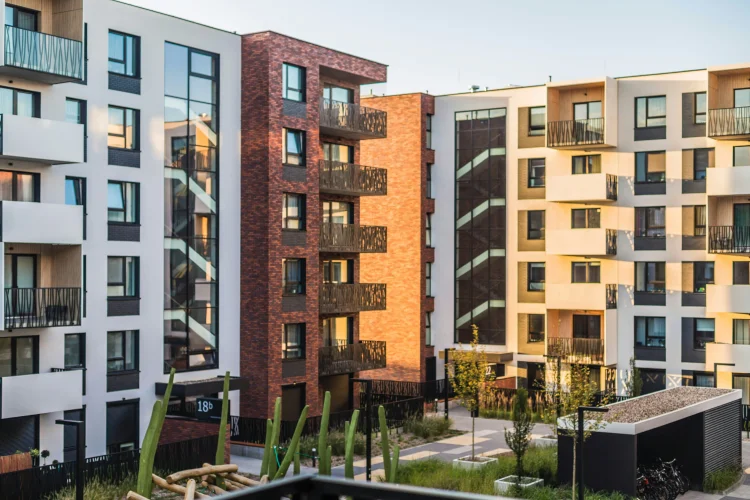Social Media content is a part of your brand’s resume. Your digital portfolio is available to everyone online and provides customers additional outlets to locate and contact you about your services/products. The importance of making your brand’s image as visually-appealing as possible cannot be overstated. Today’s online audience is increasingly interested in seeing a brand’s personality online. The use of quality, digital assets such as images and video can go a long way in adding to your brand’s character and credibility.
Images
Strong visual content could be what separates you from the rest of your competition. The quality of your photos can reflect the quality of your brand, so don’t post blurry or distasteful photos, it might turn off your audience. Be an open book, but make a bold statement, and dazzle them with your imagery.
According to JeffBullas.com, earlier this year, 70% of marketers said they were planning to increase their use of visual assets to further their marketing performance. So in essence, we’re saying everyone else is doing it, you should too!
Images are currently the highest shared content on social media. On Twitter, including an image in your tweet will get 5-9 times as many retweets and 4-12 times as many favorites. According to The Content Strategist, only 20% of text is remembered, while 90% of info transmitted to the brain is visual.

Video
Visually-based social media isn’t just based around the use of images but also includes memes, infographics, gifs, and videos.
In 2014, B2B video content increased from 8% to 58%. If a picture is worth 1,000 words, imagine what a video could say. According to the Statistic Brain Research Institute, the average length of an internet video is 2.7 minutes. Video Brewery encourages that you keep in mind that 20% of your viewers will click away from a video within the first 10 seconds.
Developers have also taken notice of these stats. To cater to the reducing attention spans of their target audiences, more recent networks like Vine and Snapchat limit content to 10 seconds or less.
| Social Network | Year Launched | Maximum Video Length |
|---|---|---|
| 2004 | 20 Minutes | |
| 2006 | 30 Seconds | |
| 2010 | 15 Seconds | |
| Snapchat | 2011 | 10 Seconds |
| Vine | 2013 | 6 Seconds |
Showcase your product or service in a video to demonstrate what they are and how they work. Images and videos help add to your brand’s credibility. Most shoppers don’t feel comfortable making a purchase without some form of visual illustration. You can even pin a video on Pinterest by first uploading to a video collection platform like YouTube, Vimeo or DailyMotion, and then posting the embedded video link.
Videos are also helpful in bridging the e-commerce gap on channels like Instagram and Facebook, where purchasing is currently done through third party e-commerce sites like Etsy, Uncommon Goods, EBay and Amazon. Connecting your social media followers to your online storefront makes your products more accessible and posting a short video on Instagram and Facebook with the link to your store helps bring your customers directly to where purchases can be made.
Takeaways
Social media users tend to avoid boring, uptight, corporate personalities. Social profiles and content should be fun and display character. Don’t fall behind. With so many other businesses to choose from, stay relevant and be easily accessible. Create your profiles/pages on these social networks with the objective to stop your audience in their tracks. Use impactful visuals, quality photos, and functional videos to attract more leads and build credibility.




